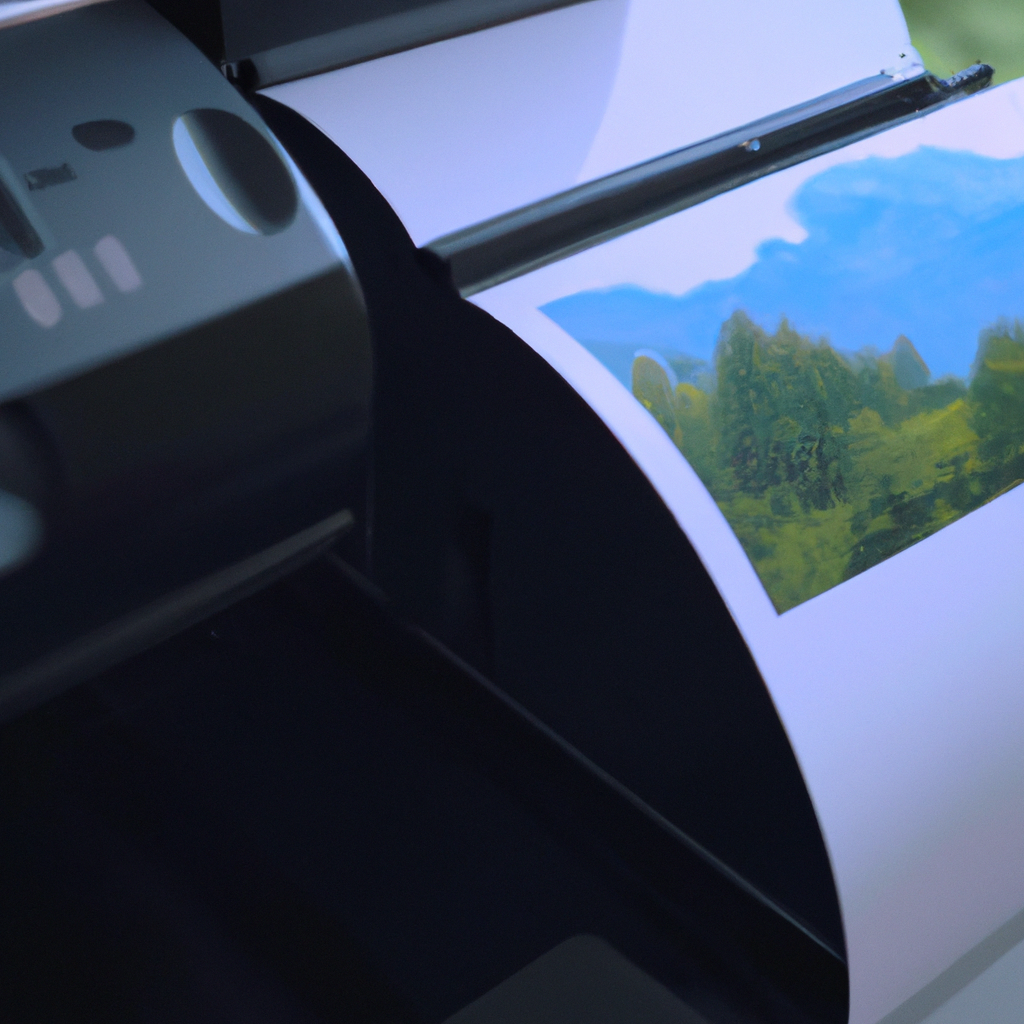Photocopiers have become essential office equipment in most workplaces, facilitating the reproduction of images and documents in large quantities. They are used to copy, scan, and print documents quickly and efficiently, making them an indispensable tool for businesses.
But how exactly does a photocopier reproduce images? In this article, we will delve into the printing technology used in photocopiers and the copying process to explain how they operate.
Printing Technology
Photocopiers use xerography, a printing technology that was invented by Chester Carlson in 1937. Xerography is a process that involves electrostatic charges to create an image. The word xerography is derived from the Greek words xeros, meaning dry, and graphein, meaning to write. Xerography uses dry toner or ink powder instead of liquid ink used in traditional printers.
The Copier Process
The copying process involves several steps that enable the photocopier to reproduce images. These steps include:
1. Charging: The first step in the copying process is charging. The photocopier charges the photoconductive drum with a negative electrostatic charge.
2. Exposure: The second step is exposure. The photocopier exposes the photoconductive drum to light, creating an electrostatic image of the original document.
3. Development: The third step is development. The photocopier applies toner to the electrostatic image on the photoconductive drum. The toner is positively charged, so it sticks to the negatively charged areas of the electrostatic image.
4. Transfer: The fourth step is transfer. The photocopier transfers the toner from the photoconductive drum to the paper. The paper is given a positive charge, which attracts the negatively charged toner.
5. Fixing: The final step is fixing. The photocopier applies heat to the paper, fusing the toner to the paper and creating a permanent image.
Parts of a Photocopier
To understand how a photocopier operates, it is essential to know the different parts of a photocopier and their functions. These parts include:
1. Document feeder: This is where the original document is placed for copying.
2. Photoconductive drum: This is a rotating drum that is charged with a negative electrostatic charge during the copying process.
3. Developer unit: This is where toner is applied to the electrostatic image on the photoconductive drum.
4. Transfer belt: This transfers the toner from the photoconductive drum to the paper.
5. Fuser unit: This applies heat to the paper, fusing the toner to the paper.
Benefits of Photocopiers
Photocopiers have several benefits that make them an essential tool for businesses. These benefits include:
1. Time-saving: Photocopiers can reproduce images and documents at a fast pace, reducing the time it takes to copy documents manually.
2. Cost-effective: Photocopiers are cost-effective compared to traditional printers, as they use dry toner instead of liquid ink.
3. Convenience: Photocopiers are convenient, as they can copy, scan, and print documents in one machine.
4. Quality: Photocopiers produce high-quality images and documents that are clear and easy to read.
Conclusion
In conclusion, photocopiers are essential office equipment that makes it easy to reproduce images and documents. They use xerography, a printing technology that involves an electrostatic charge to create an image. The copying process involves several steps, including charging, exposure, development, transfer, and fixing. Photocopiers have several benefits, including time-saving, cost-effectiveness, convenience, and quality. Understanding how photocopiers operate and their benefits can help businesses make informed decisions when purchasing office equipment.







